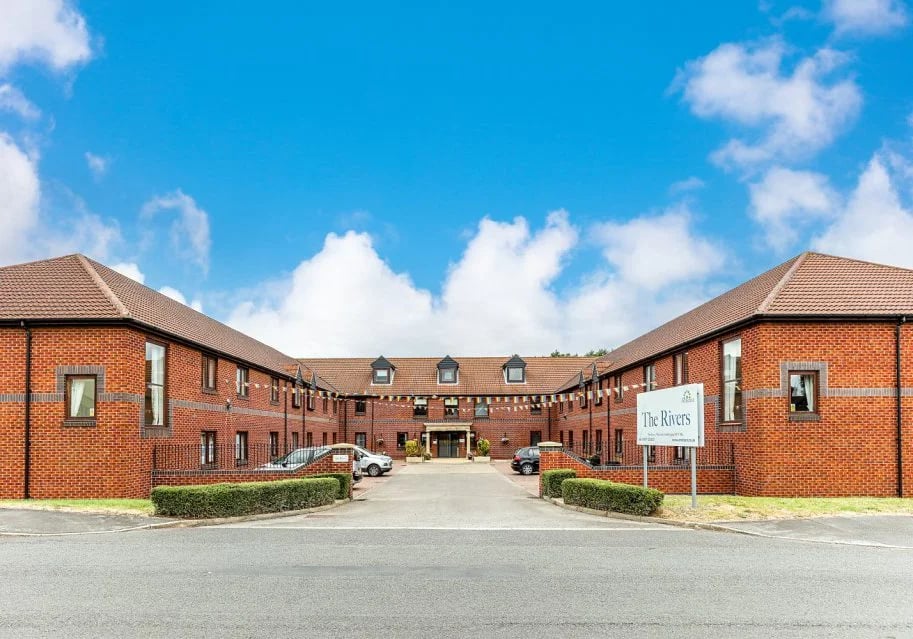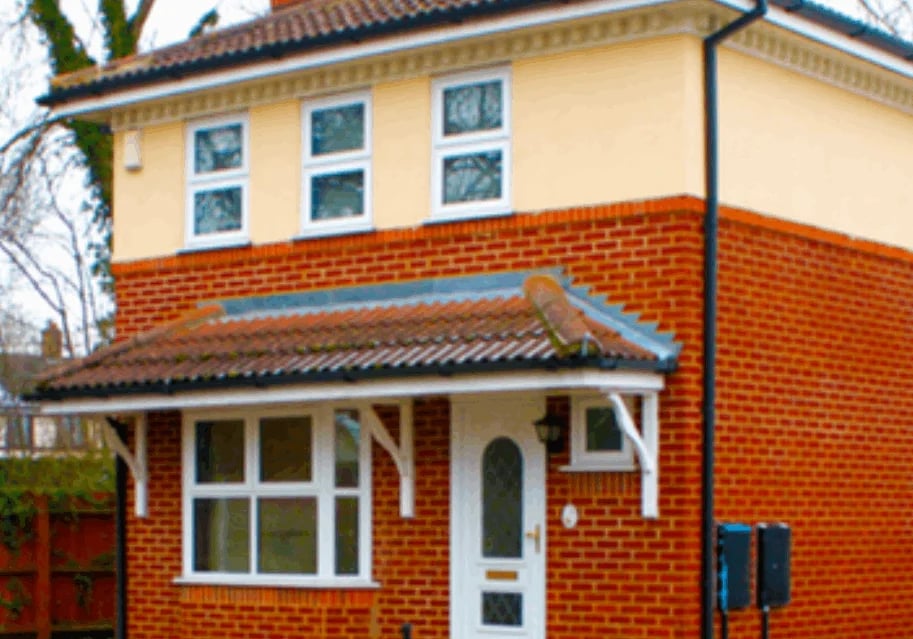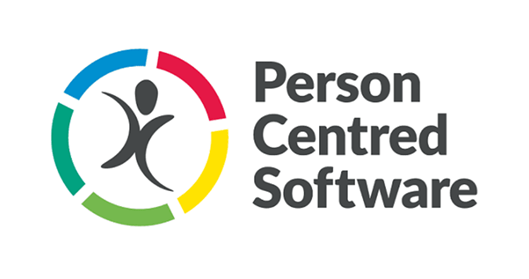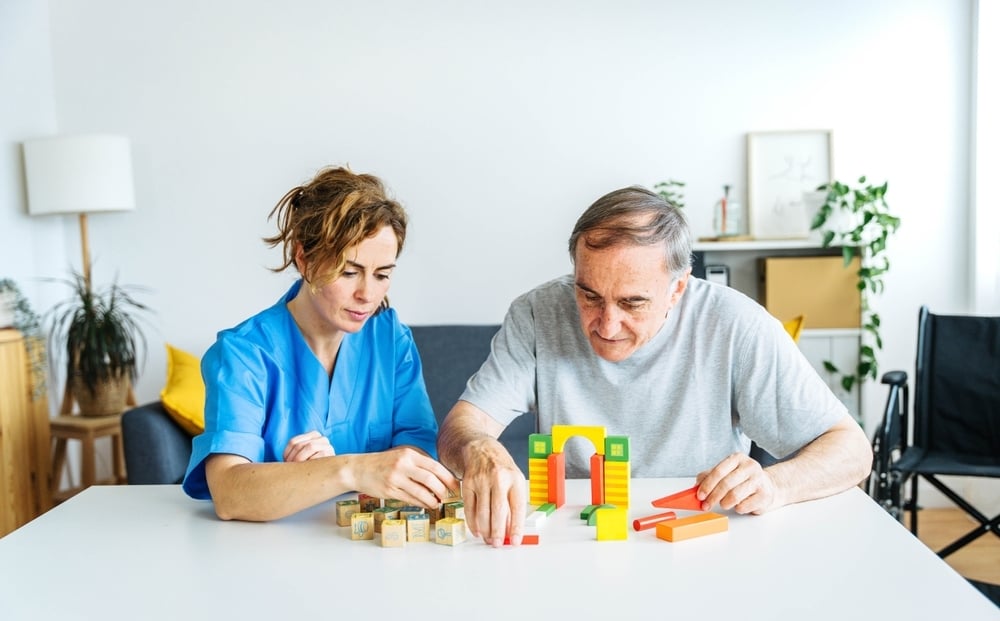Start the new year by helping your residents get back into exercise or embark on a new exercise regiment

If you’re working in a care home as a member of the care staff, a manager or as an activities coordinator, then the new year is a perfect time to encourage your residents to embrace the benefits of exercises that are specifically tailored to improve the physical and mental wellbeing of older adults, whether it’s the case of getting into exercise for the first time or back into exercise after many years.
While it’s important to engage in regular exercise at any age to foster greater physical and mental wellbeing, this becomes even more important as we age. In a care home setting, it could be that some residents have never really engaged in regular physical exercise beyond what would be considered every-day activities, or it could be that in previous years they were physically active but became less so as they aged. Either way, encouraging physical activity is a cornerstone of overall wellbeing in a care home.
Communicating the importance creates motivation
The first step to encouraging your residents to participate in regular exercise programmes, whether it’s getting back into exercise or for the first time, that are tailored for older people is to understand the importance of it yourself, so you can better articulate the importance to them.
Some older people, especially those with pre-existing conditions or mobility issues, may find it a daunting prospect to engage in physical activity – they may feel that their physical limitations or medical conditions may prevent it, or even be worsened by it, but this is very rarely the case if the right exercises are employed, and encouraging participation means you have to impart on them the benefits for their wellbeing.
What are the major benefits for the physical and mental wellbeing of older adults?
We have delved into this topic in other blogs, but below are the main benefits of regular exercise for older adults:
- Boost mood and mediate (if not eliminate) symptoms of depression
- As a result, less of a reliance on medications for such issues
- Improve sleep patterns (especially important for those with dementia)
- Reduce the risk of chronic conditions
- Can strengthen bones and mediate or reduce the risks of osteoporosis
- Increase social interactions and a sense of community
- Reduce likeliness of falls through improved bone density, coordination and muscle strength
So now we know the benefits and you’ve encouraged your residents to participate in activities, where do you begin?
Starting slow and building up is the best way to sustain momentum
If it is the case that your residents are either out of practice with exercise or have rarely, if ever, exercised regularly before, then starting slowly and working up to more demanding activities is the best way to maintain momentum and avoid injuries.
Starting slowly could mean you employ exercises that are seated – such as chair yoga. Or you might include low impact exercises like walking or tai chi. After a few weeks (less or more, depending on how your residents are benefiting from the exercises) you might want to start slowly introducing more intense exercises to further improve their physical wellbeing.
Stay consistent, set goals and incorporate everyday life
Consistency is key if you want your residents to realise tangible results and see meaningful improvements in their physical and mental wellbeing, so ensure that you encourage a regular programme of structured exercise sessions that complement one another and build towards whatever goals you, in discussion with your residents, have decided on.
These goals can be incorporated into everyday life. For example, a goal might be to walk upstairs unaided, or to dress unaided, or to move from seated yoga to regular forms of yoga. These are just broad examples; the goals you and your residents set will depend very much on their specific situations and abilities, but setting them can give a greater sense of purpose and direction to exercise.
Choosing appropriate exercises for older adults
The types of exercises that are chosen should be ones that help to improve aspects of residents’ physical fitness such as muscle strength, bone density and balance, but also it is important to, where possible, offer opportunities for group activities so as to boost the community spirit within the home.
Ideal examples of exercises that are tailor made for older adults living in care are:
- Strength training with resistance bands or light weights
- Chair aerobics or yoga
- Pilates
- Dancing
- Walking
- Stretching
Top tip:
Strength training is especially important among these different types of exercises. It is common for muscle mass to decrease as we age, which can lead to frailty and a reduction in functional, ‘real-world’ strength (which is essential for everyday activities like getting out of a bed or chair, walking up or down stairs, and avoiding falls).
Not only does strength training improve muscle mass and functional strength, but it also increases bone density, meaning that if falls do occur, stronger bones mean a reduction in the likelihood of serious injury.
Start the new year with PCS Wellness
You can find out much more about the best physical activities, among many other types of activities, for those living in care by learning more about the Wellness & Activities Platform.





.jpg)

.webp?width=80&height=80&name=HTD%20Awards%202023%20Badge%20(4).webp)














